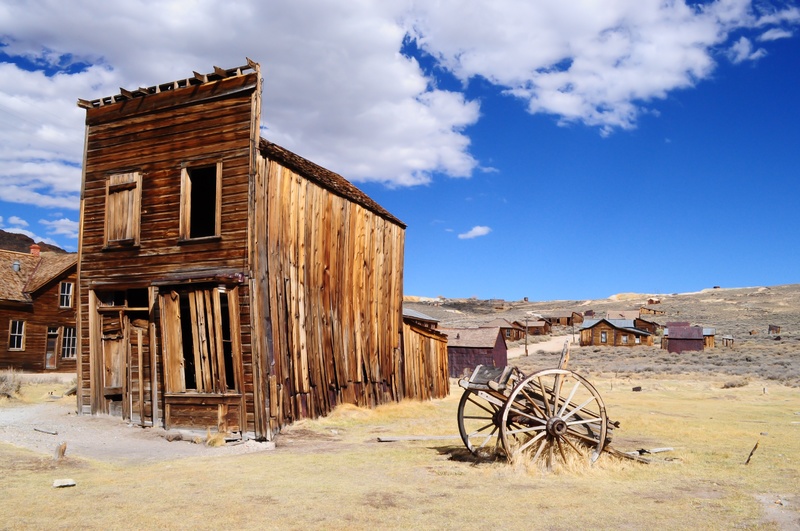While fintech services like Venmo and Paypal offer app-based, online alternatives for basic banking needs, many Americans are finding it harder—not easier—to access financial services. These people live in “banking deserts”—communities, both rural and urban, where the presence of mainstream banks is slim to none. Though some analysts have suggested digital fixes for the issue, two Carroll School marketing professors published findings that suggest the best remedy for banking deserts may be high-touch, not high-tech.
Associate Professor Linda Salisbury and Associate Professor and Haub Family Faculty Fellow Gergana Nenkov partnered with two professors from the College of Business at Florida State University, Martin Mende and Maura Scott, in their research, which appeared in the Journal of Consumer Psychology last year. Their article, “Improving Financial Inclusion Through Communal Financial Orientation: How Financial Service Providers Can Better Engage Consumers in Banking Deserts,” argues that financial consumers in banking deserts may more readily engage with a mainstream bank if their neighborhood branch fosters what the researchers call a “communal financial orientation.” In other words, banks can do more business in banking deserts if they emphasize to consumers that actions like opening new accounts, depositing paychecks, borrowing money, and making timely loan repayments doesn't just improve their own financial stability; it benefits the community as a whole.
According to the New York Fed, more than 4,800 U.S. bank branches closed between 2009 and 2014, representing five percent of all branches nationwide. “Banking deserts are systematically linked to poverty and often to people of color,” note the Carroll School professors and their collaborators, “as traditional banks—typically driven by economic motives—re-allocate their branches and services away from relatively poorer communities to more prosperous ones.”
This point has been widely discussed in publications including The Atlantic, as the emergence of banking deserts makes the path out of poverty more difficult for residents in these communities. “If people don’t readily have access to banks,” explained Salisbury in an interview, “they may need to rely on alternative service providers that are more expensive,” like payday lenders and check-cashing services.
Meanwhile, research on the psychology of poverty has shown that consumers with less financial means tend to be more communally oriented than their wealthier counterparts. A well-off working mother can afford a nanny to watch her children, while a poor mom with two hourly jobs may turn to family, friends, or neighbors for help with childcare. “This interdependence,” the researchers explain, “makes [low-income consumers] more concerned with the needs of others and more likely to act pro-socially to improve the welfare of their communities.”
From this research emerged the prediction that Salisbury, Nenkov, and their coauthors make for how mainstream banks can better serve low-income communities while bolstering their business in those areas: by “emphasizing the link between a consumer’s financial engagement with the bank and the community’s well-being.”
Through a combination of field study and experimentation, the researchers tested their theory. They compared attitudes of consumers at a credit union that operates branches in a banking desert area as well as in more affluent neighborhoods. The findings supported what the researchers had expected: banking-desert consumers responded more positively to financial services that prioritize communal finance over personal finance, as compared to the bank’s wealthier patrons. Thus, the researchers conclude, mainstream banks looking to operate in banking deserts should proactively foster the sense that engaging with their bank branch benefits the whole community, not just the individual consumer. Beyond using the bank’s services themselves, banking-area residents are also inclined to give word-of-mouth recommendations across their tight-knit communities.
The article not only calls for financial service providers to learn “the language of the poor,” but, as Salisbury explained, its findings present an actionable “win-win” proposition for both consumer and bank. “Conveying a communal financial orientation can enable banks to more successfully engage consumers in banking deserts, supporting financial inclusion [in poor communities] and ultimately benefiting the local economy as well.”
—Leslie Ganson, with reporting by Andrew Clark



